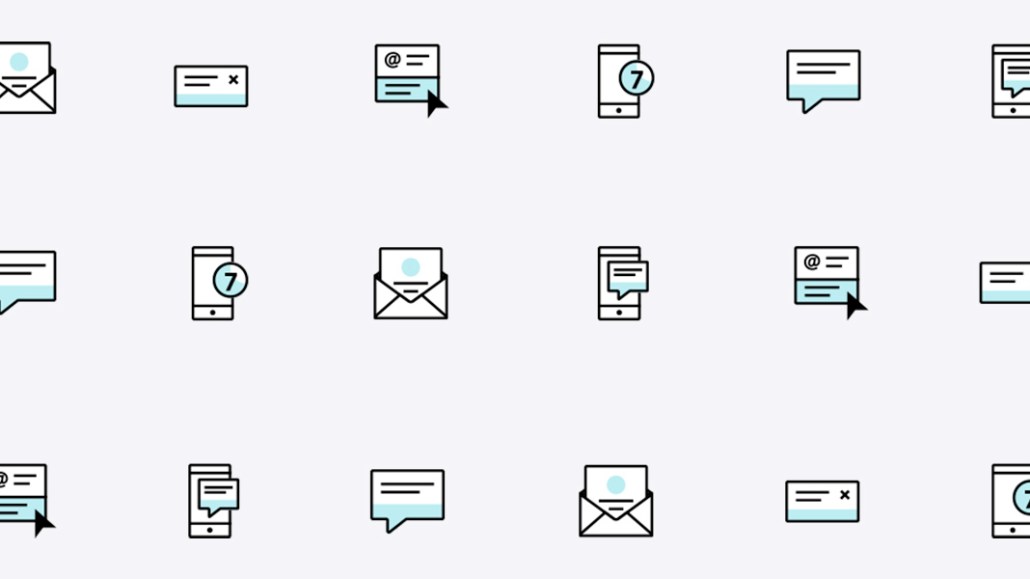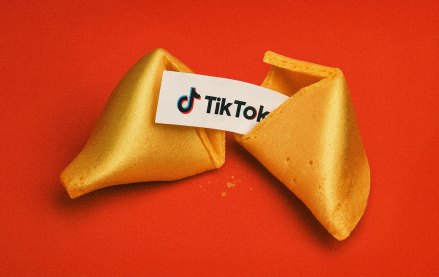Save 50% on a 3-month Digiday+ membership. Ends Dec 5.

By Bill Magnuson
Remember when looking at email involved a conscious decision, sitting down at work to see the latest from colleagues in an uncluttered inbox? Nowadays, email comes from all directions and is accessed in different ways — which means marketers no longer have insight into what recipients are doing when their messages arrive. But what they do know for sure is that the inbox has become a crowded space.
Welcome to the next generation of email – inboxes are everywhere
Nearly 60 percent of email today is read on mobile devices. Within that environment, apps for everything from social media to financial institutions display “badges” on their home-screen icons indicating the number of recent notifications. As additional competition for your customers’ attention, inboxes are no longer just in your mail client.
In response, consumers wrestling with information overload are seeking help to sort the signal from the noise — and the big platforms are paying attention. One of the best examples of this is the Promotions tab within Gmail, but that was just the beginning.
In order to be heard, marketers need to listen for revealed preferences while also respecting explicit user opt-ins. Best practices like thoughtful targeting, personalization and continuous testing improve performance in all channels. But for email, the most mature engagement channel, sophisticated best practices anchored in data are now table stakes. Bulk messages, unpersonalized newsletters and siloed email strategies aren’t just less effective — those messages are increasingly being sorted away from your customers’ eyes entirely.
At Braze, we commissioned a study from Forrester Consulting on consumer perception of brand humanity and learned that people are far more likely to engage with, purchase from and be loyal to more “human” brands. In practice, brand humanity is expressed through messaging — including email — that feels natural, considerate and personal. The good news? That means your teams have uniquely human superpowers to deploy — their empathy, insight, and creativity. A more mature technology ecosystem can play a strong role too, with machine-learning capabilities to enable continuous optimization of messaging based on real-time customer response.
Data democratization and the power of interdisciplinary teams
When we look into the Braze client base, we’ve found that our most sophisticated customers are running multiple tests simultaneously, analyzing results and iterating on dozens of variables every week. While as an industry we conceptually understand the importance of testing and iterating, it appears to be less common in practice. We polled listeners during a recent webinar presentation and found that nearly half the respondents (45 percent) were only running between one and three email test campaigns a week.
Organizations that prioritize learning through continuous testing see improved customer engagement and greater ROI as they optimize to beat their past results. This virtuous cycle, aided by a well-architected tech ecosystem, deepens teams’ understanding of user behavior, enabling them to produce brilliant user experiences — which then translate to stronger customer engagement throughout the lifecycle.
However, all of that can’t happen when channel teams operate in a vacuum. If your email strategy is still running in an isolated silo, you are limiting ROI and the impact of your campaigns, and run the risk of eroding brand equity by sticking your foot firmly in your mouth. Build a more complete picture of your customer by drawing insights from all channel data to inform strategy, then tactically deploy channels according to their strengths and proven customer preferences. The most effective strategies use multiple channels: Braze customer data demonstrates that while deploying an email after a user’s first session bumps engagement by 45 percent, sending an in-app message in addition to the email boosts first-time users’ engagement by a remarkable 315 percent.
Structuring teams for innovation
While your results may vary, an interdisciplinary, cross-channel approach to messaging, including email, will make it easier for people to collaborate and bring new ideas to life faster. Share the testing roadmap and, most importantly, performance data so it can better inform new creative. When you pull everyone together to go through the experience as a team, it puts the fun back in, makes the process more engaging and drives great results.
In most businesses, the lowest hanging fruit for improvement lives at the intersection of specialized skill sets. To foster continuous improvement, augment your existing creative team with dedicated engineering and data science or business intelligence resources to roll out innovative ideas. Analyze the results, and build on your success by improving the targeting, filtering and orchestration of your customer engagement efforts. As you increase your sophistication over time, you’ll see team confidence grow alongside your results.
More from Digiday

The Trade Desk loosens its grip on pricing amid buyer pressure
Amid fierce DSP competition, media agencies are finding The Trade Desk’s reps in a negotiating mood.

Behind the rise of the chief productivity officer and what it means for companies and employees
The CPO is envisioned as the leader who orchestrates people and technology together to drive business outcomes.

TikTok Shop sheds bargain-bin reputation as average prices climb across categories
An analysis by e-commerce intelligence firm Charm shows average prices climbing across more than a dozen key categories.





